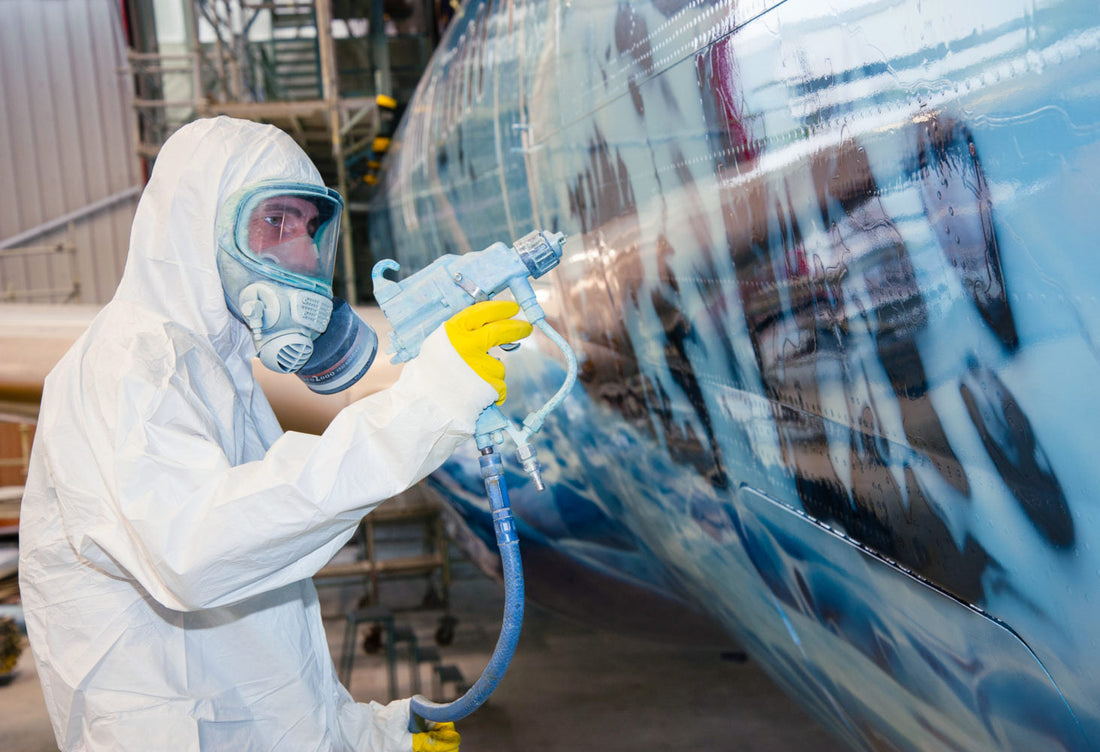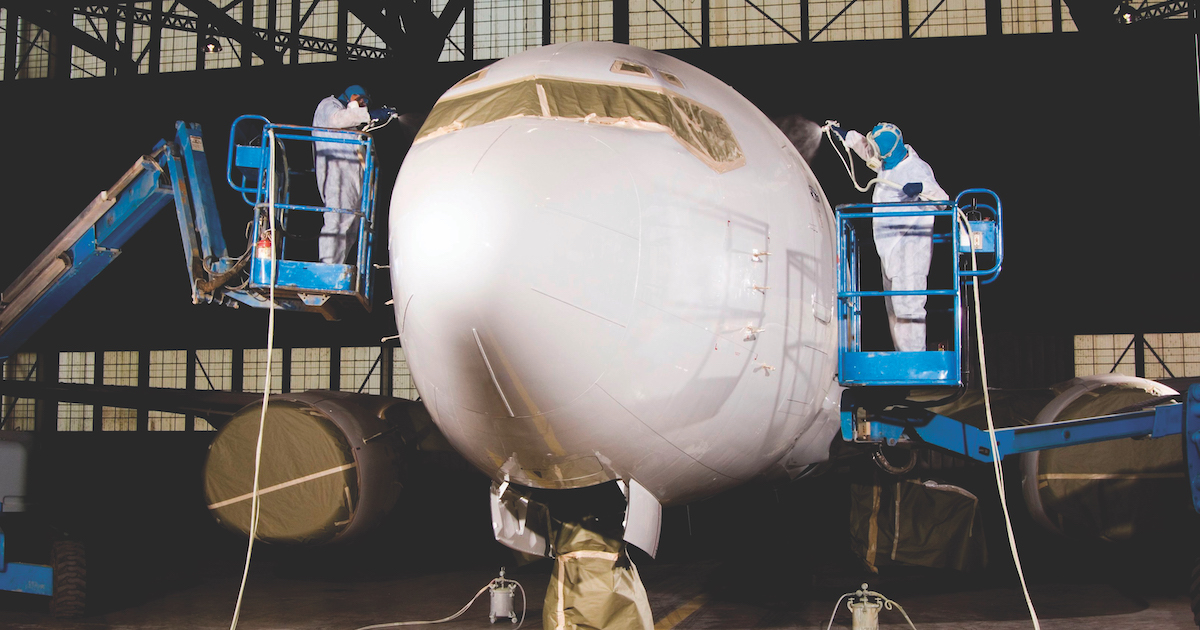
How to Eliminate Paint Defects in Aircraft Manufacturing Effectively?
Share
In the realm of aircraft manufacturing, maintaining impeccable quality is non-negotiable. One of the significant challenges faced by professionals in this field is addressing the frequent issue of paint defects. Understanding how to eliminate paint defects in aircraft manufacturing is crucial, not only for aesthetics but also for safety and performance.
Paint defects can arise from various factors such as poor surface preparation, environmental conditions, and choice of materials. In this article, we will delve deep into understanding these defects and the innovative strategies to tackle them. Tech professionals and enthusiasts will find valuable insights into the processes of aircraft painting, which embraces cutting-edge technology as well as time-tested methods.

Understanding Paint Defects
Paint defects are any flaws that disrupt the uniformity and appearance of the paint surface. These can manifest as bubbling, peeling, or discoloration, impacting both the look and durability of the aircrafts exterior. Moreover, these defects could potentially compromise the protective qualities of the paint, making it essential to identify and rectify them quickly.
Common Types of Paint Defects
Several common paint defects in aircraft manufacturing include:
- Bubbles: Often caused by trapped air, these can form during application or curing.
- Peeling: This occurs when the paint fails to adhere properly to the surface.
- Wrinkling: An irregular surface pattern formed due to improper drying or application.
- Color Variations: Differences in color that can result from inconsistent paint mixing or application.
Understanding these defects is the first step in developing strategies to eliminate them. You can read more about this subject on relevant articles, such as Common Types of Paint.
Factors Influencing Paint Quality
The quality of paint application in aircraft manufacturing relies on several critical factors:
Surface Preparation
Proper surface preparation is fundamental. Any contaminants on the surface can cause paint adhesion issues. Techniques such as sanding, cleaning, and priming can significantly enhance finish quality.
Choosing the Right Paint
Different types of aircraft require specific types of paint. Understanding which paint suits the material of the aircraft is crucial as it affects adhesion and durability. For instance, using the wrong paint on aluminum parts can result in corrosion. For further insights on specific painting techniques, check out Painting Aluminum.
Environmental Conditions
Environmental factors such as humidity and temperature can influence paint application. High humidity can lead to problems like blooming, where moisture causes paint to cloud. Temperature affects the viscosity of the paint, impacting application technique and drying time.
Innovative Techniques to Eliminate Defects
To effectively eliminate paint defects in aircraft manufacturing, implementing innovative techniques is vital.
Advanced Surface Treatments
Utilizing advanced surface treatment techniques can enhance adhesion. Techniques like shot blasting or chemical etching clean and prepare the surface better than traditional methods.
Robotic Painting Systems
Adopting robotic painting systems ensures consistent application. Robots can maintain optimal spray settings, thereby reducing the risk of human error and achieving uniform coverage. This technological advancement minimizes paint defects significantly.
Quality Control Measures
Implementing stringent quality control measures during the painting process can catch defects early on. Regular inspections and using advanced diagnostic tools ensure that any issues are identified and rectified during application rather than post-application.
Cost Implications of Paint Defects
The financial impact of paint defects in aircraft manufacturing can be substantial. Repairing defects post-production not only incurs additional costs but could also delay delivery schedules. For a deeper understanding of these implications, you can refer to Cost of Aircraft Painting.
Training and Education
To maintain high standards in painting processes, ongoing training for personnel is key. Regular workshops and educational initiatives ensure that all staff are updated on the latest techniques, technologies, and material science related to aircraft painting.
Use of Simulation Tools
Employing simulation tools for training can significantly enhance the learning curve. These tools provide practical experience in a virtual environment, allowing workers to practice without risking real aircraft.
Conclusion
Eliminating paint defects in aircraft manufacturing is critical for ensuring quality, safety, and aesthetic appeal. By focusing on factors such as surface preparation, choice of paint, and innovative application techniques, professionals can significantly reduce the occurrence of these defects. Investing in technology and training further enhances the capabilities of the workforce, making it essential for the future of aircraft manufacturing.
FAQs
1. What are common causes of paint defects in aircraft?
Common causes include poor surface preparation, environmental conditions, and incorrect paint materials.
2. How can robotic technology help in painting?
Robotic systems provide consistent application, reduce human error, and ensure uniform coverage.
3. Why is surface preparation important?
Surface preparation enhances paint adhesion, which is critical for minimizing defects and ensuring a quality finish.
For detailed information on aircraft painting processes, visit How Aircraft Are Painted.
